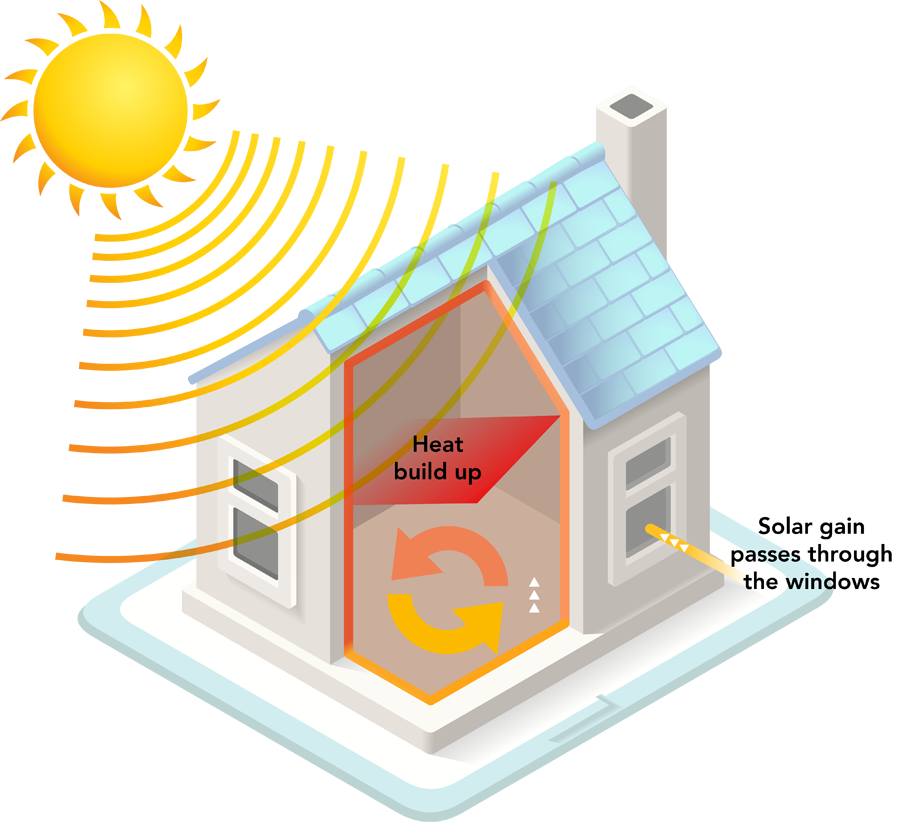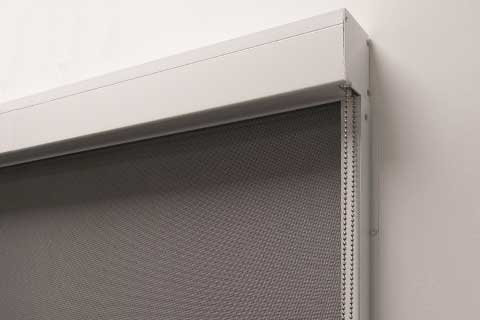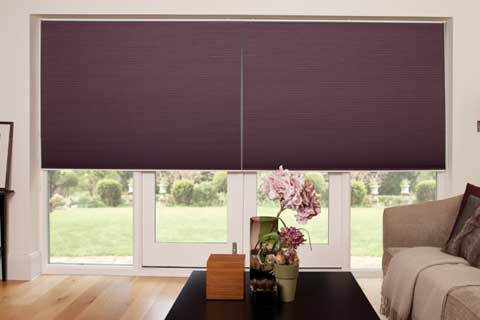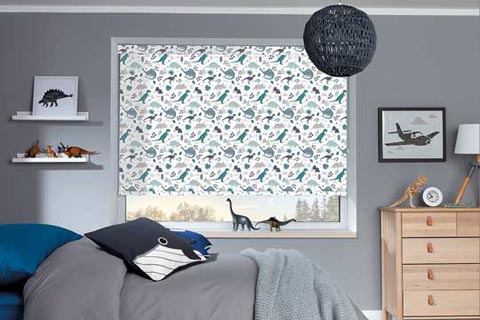Blinds and shutters are a proven way to save energy. They should be considered like other building energy efficiency measures and are typically low cost and can make a real difference.
In the winter, during the day when it is sunny, open blinds to benefit from the free energy from the sun and close them in the evening to provide extra insulation and reduce heat loss to save energy and money.
In summer, the process is reversed and closing the blinds during the day can stop heat building up in the room while opening them during the evening when the temperature is cooler allows some of the heat to escape.
New independent research by the University of Salford’s Energy House Labs has demonstrated that blinds and shutters can reduce heat loss through windows by up to 33%*.
Commissioned and funded by the British Blind and Shutter Association (BBSA), the data shows that window blinds and shutters can have a significant positive impact on energy savings.
Download the research
It has been noted by the UK government that shutters and blinds can act as an energy saving technology, helping to reduce the level of heat loss through one of four main ways:
With climate change proving to be a constant in today’s world, the days are now long gone when seasons are so clearly defined, so knowing how to improve the energy efficiency of our homes is now a major consideration.
Making windows as energy efficient as possible through methods such as double glazing has gone a long way to helping UK homeowners achieve savings on their utility bills. With the government’s change to the way in which energy is capped however, there is much more that needs to be done in the home, without having to sacrifice any of the attractive features that often come with windows in older properties, such as sash windows and bays.
Windows are a known source of heat loss in properties and choosing the correct window treatment can provide much needed insulation. Shutters and blinds are more than just an aesthetic choice, they are also an energy saving one.
Visit the BBSA website for more information on energy saving
People naturally prefer daylight to other sources of illumination. Daylight has a positive effect on the biological rhythms of our bodies, improving emotional and cognitive responses.
Proximity to natural elements such as greenery and sunlight has been associated with a 15% improvement in wellbeing and creativity, and a 6% increase in productivity, but excessive exterior light, or glare, can hinder visual comfort. There are regulations in place that require the attenuation of light at workstations.
Shading allows the most to be made of natural daylight and unlike solar control glass, which is a purely passive product, shading solutions can react to varying external conditions.
Reducing Glare and Controlling SunlightGlazing is a weak point in a building’s thermal performance and a major source of heat loss.
The ‘go-to’ solution would be to upgrade the glazing but shading should be the initial step, especially if there are building constraints, such as conservation areas, as shading helps provide insulation for glazed areas.
Keeping WarmerWindow blinds reduce heat loss during the winter and heat gain in the summer, thereby reducing a building’s heating and cooling requirements.Air conditioning currently accounts for 10% of the global electricity use. With that figure increasing it can increase a building’s energy consumption (and associated carbon emissions) by up to 100%.
Shading can aid natural ventilation of buildings during warmer times of the year, if windows are opened.
Modelling shows internal shading is an investment and can save up to 16% of HVAC energy.
To be energy efficient, most modern buildings are highly insulated and ‘airtight’, but this significantly increases the risk of over-heating.
Overheating becomes more of a prominent problem with the reality of global warming, as higher temperatures are expected across the UK during the next 30 years, with heat related deaths tripling by 2050.
Appropriately controlled shading can significantly minimise the risk of overheating.
Keeping CoolerWe spend up to 90% of our time indoors, so ensuring such environments are comfortable is essential.
Productivity is impacted by thermal comfort. Temperatures which are too low inhibit dexterity while temperatures that are too high result in perceived lower air quality and health implications, such as increased stress and blood pressure. Heat also facilitates the spread of infection and diseases, a massive risk in healthcare and childcare sectors.
Performance affected from glare and reflections can cause eye strain and headaches.
Glazing is poor at preventing external sound entering our buildings, such as passing traffic or noisy neighbours. Inside, glazing acts as a hard surface allowing noise to rebound into the room. A softer furnishing at the window can absorb this sound, creating a more pleasant environment. Shading, integrated into the building’s design, can help achieve thermal, visual and acoustic comfort. Neglecting these aspects of building design can result in overall reduced productivity, increased costs and more frequent sick leave.

Zip blinds with metal backing can save up to 33% and standard fabric up to 22%

Bead fit blinds save up to 32% and up to 26% for free hanging blinds

Even a standard free hanging roller blind can help you save
From January 2026 we will be at our new showroom in Portslade. We will have a range of our blinds on show including many motorised options.
Bus routes run from Brighton centre through Hove to Trafalgar Road. Parking is available in the car park for Victoria Park and also free on-street parking on Beaconsfield Road next to Victoria Park. See our Visit Us page for more details.
Services
We offer a free survey and fitting service across most of East and West Sussex, Brighton, Hove, Worthing and surrounding areas. We will bring our samples books to you so that you can see the samples in your own home.
108 Trafalgar Road
Portslade, BN41 1GS
shop@briteblinds.co.uk
01273 722250